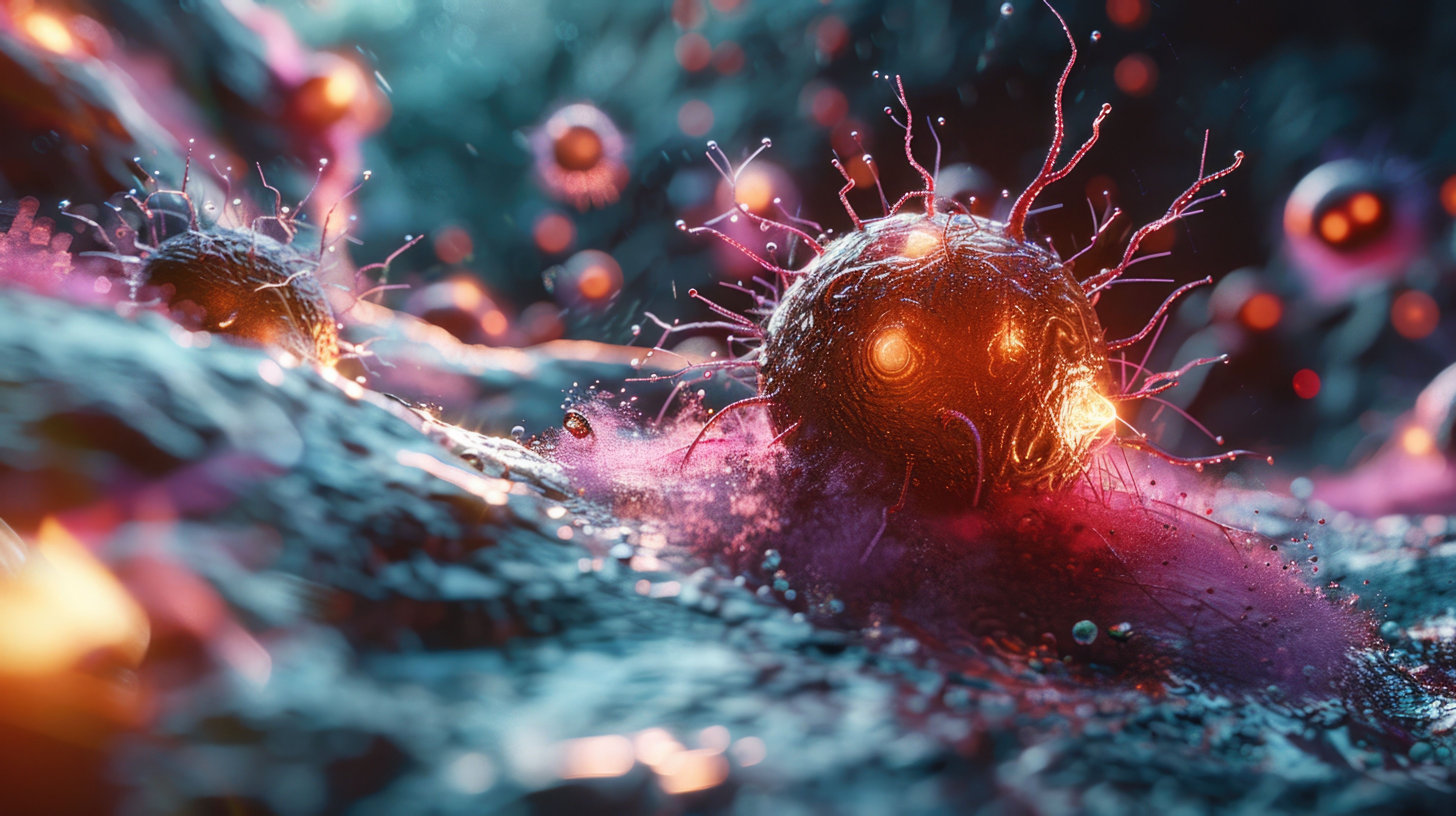Article
Ultrasound Technique Potentially Identifies Cancer Cells in Blood
Author(s):
Iso-acoustic focusing could be used to determine how a treatment is working in cancer patients.
Researchers recently created an iso-acoustic focusing technique, which can separate cells from the blood and can measure the efficacy of cancer treatments in patients.
The method involves exposing cells to ultrasound when they flow through a micro-channel inside of a chip. The cells are then separated in the acoustic field.
Acoustic properties can be identified through studying the cells’ lateral movement at the end of the channel, according to a study published by Nature Communications. By knowing the acoustic characteristics of the cell, researchers can detect the type of cell that passes through.
"The vision is that our innovation will eventually be used in healthcare facilities, for example, to count and distinguish different types of cells in patients' blood," said researcher Per Augustsson, PhD.
Researchers measured the acoustic properties of white blood cells and found differences in the subgroups. Researchers also noticed different acoustic properties in cancer cells compared with healthy blood cells.
"It may seem odd that we are interested in the acoustic properties of blood cells and cancer cells. But we have been searching for new methods to separate cells in order to study them in more detail," Dr Augustsson said.
The blood has rare cells, such as circulating tumor cells, which play a part in the spread of cancer, according to the study. Measuring the number of tumor cells from one occasion to another can determine whether a medication has the desired effect, and one way to do this is via acoustic fields.
In previous studies of acoustic fields, it has only been possible to separate cells based on size, but measuring cell size is not enough to identify the cell type.
"Since we are looking for individual cells in a blood sample which contains billions of cells, the smallest overlap in size between the cancer cell and other blood cells will lead to thousands of blood cells 'contaminating' the cancer cells extracted through the separation,” Dr Augustsson said. “This is why we have now developed iso-acoustic focusing.”
This method creates a way to count and measure the acoustic-mechanic properties of cells. Researchers hope that it can create a better understanding of how cancer spreads.
Further goals for the method are to figure out the cause of metastasis, which mechanisms control how cancer cells spread, and if there are physical differences among tumor cells and circulating tumor cells.
"We are currently also working on two follow-up projects to describe the physics behind iso-acoustic focusing in greater detail,” concluded Dr Augustsson. “We expect that the work will lead to meaningful results within our field of research — acoustofluidics.”





